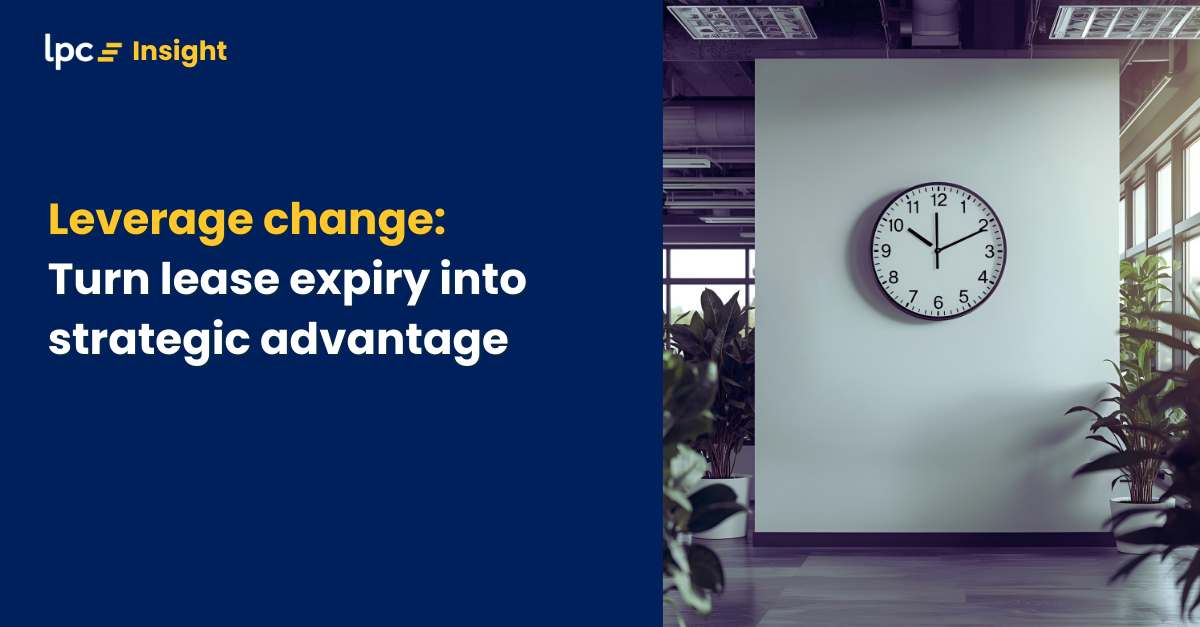Tariffs, tenants & the leasing equation: What new trade policies mean for commercial occupiers in Australia & New Zealand
Australia and New Zealand are entering a new era of economic recalibration, with a fresh wave of tariffs set to reshape trade, costs, and the way businesses operate. While much of the public conversation focuses on global markets, importers, and developers, commercial tenants - the very businesses occupying our offices, shops, and warehouses - are grappling with the downstream consequences.
From increased fit-out costs to longer lead times for essential equipment, the real impact of tariff changes is felt in the everyday decisions tenants must make. Do we expand or consolidate? Should we renew or renegotiate? As rising costs pressure bottom lines, the commercial leasing space is becoming a strategic frontier. In this article, we explore how these new tariffs are reshaping the landscape for tenants and why putting business before space has never been more critical.
What’s changing: The new tariff landscape
Recent shifts in trade policy have introduced or expanded tariffs on a range of imported goods - particularly those related to construction materials, electronics, fixtures, and energy technologies. The intention behind these tariffs varies: to support domestic manufacturing, realign trade partnerships, or counterbalance geopolitical pressures.
But for tenants, these macroeconomic levers translate into micro-level pressures. Office fit-outs, warehouse racking systems, retail display units, and even HVAC components now face increased costs and delays - impacting the ability to plan, occupy, or refurbish space effectively.
Ripple effects on commercial leasing
These tariff-driven changes are reverberating through the leasing sector in several key ways:
Rising fit-out and relocation costs
A spike in the price of imported materials makes new tenancy works more expensive. Even simple refurbishments may now exceed budget, placing strain on capital planning.
Delays in delivery and occupancy
Longer lead times for imported goods and equipment can push out occupancy dates, creating gaps between lease start and operational readiness.
Changing incentive structures
With landlords also facing higher construction and compliance costs, the types of incentives offered to tenants - such as fit-out contributions or rent-free periods -may shift or shrink.
Pressure on project viability
What was once a financially viable expansion may now need rethinking. For some businesses, the added costs tip the balance toward staying put, even if the space no longer fits the brief.
The tenant perspective: Business before space
For tenants, the most important question isn’t about tariffs - it’s about business continuity and agility. How do we make decisions that support long-term growth and operational resilience in an uncertain cost environment?
In this climate, tenants are increasingly prioritising:
Flexibility in leasing structures – shorter lease terms with more renewal options
Risk-sharing with landlords – clear clauses around delays or force majeure linked to supply chain issues
Transparency in capital expenditure – especially when tenant-side works are bundled into deals
A redefinition of “value” – where functionality, cost certainty, and employee experience matter more than just square meterage
Advice for tenants: Navigating the uncertainty
Here are a few proactive steps tenants can take as tariffs start to bite:
Revisit your lease strategy
Look beyond rent. Consider total occupancy cost - including make good, CAPEX, and downtime. Think ahead about fit-out timing and delivery risks.
Seek out flexibility in new deals
Where possible, negotiate for lease breaks, expansion rights, or capped costs on landlord works that may be impacted by tariffs.
Bring tenant-side advisors to the table early
Specialist tenant advisors can help test different scenarios, identify hidden cost risks, and structure lease terms that protect your business position.
Explore alternate fit-out models
Consider modular, reusable, or locally-sourced fit-out options that reduce exposure to global trade disruptions.
Plan for delays
Whether you’re relocating or refurbishing, build in buffers. A delayed delivery of materials or compliance certification can be the difference between a smooth transition and a costly interruption.
Conclusion: The tenant voice matters
In a market shaped by shifting costs and geopolitical pressures, tenants must have a seat at the table. Tariffs may be negotiated between nations, but their consequences are negotiated every day - across desks, warehouses, and shop floors.
Now more than ever, tenants and occupiers need to think strategically, advocate confidently, and partner wisely. Because in the end, a well-structured lease isn’t just about square meters - it’s about enabling a business to thrive.
Who is LPC, and how do we help futureproof your accommodation arrangements?
LPC is a conflict-free advisor to commercial tenants across Australia and New Zealand. We facilitate strategic review of accommodation strategies, represent occupiers to secure best-fit accommodation arrangements, provide lease management services to multi-site occupiers, and oversee client fit-out and relocation.

Join the movement to strengthen the tenants' voice by subscribing to The Tenants' Voice LinkedIn Newsletter!


